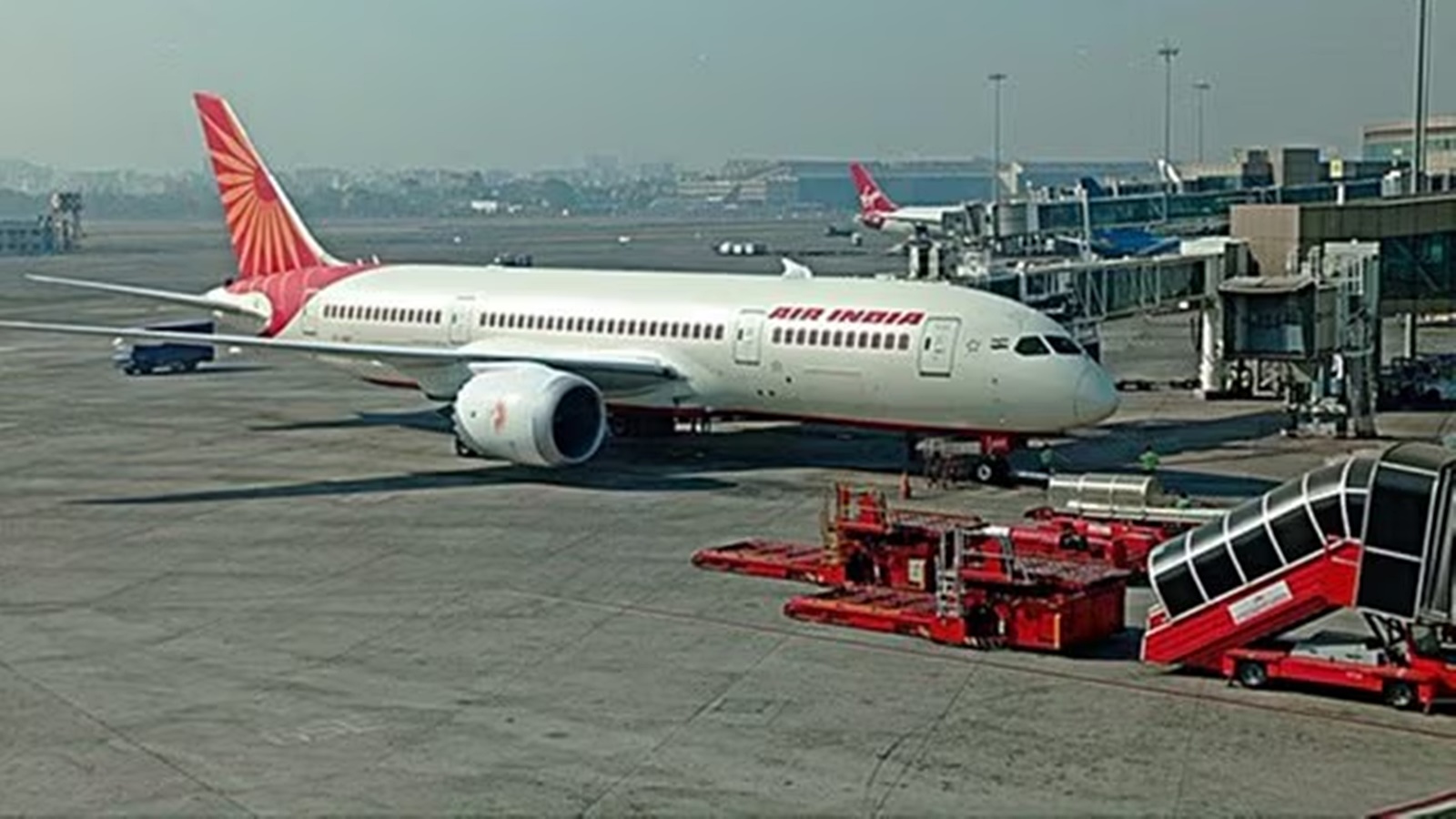Tata group airlines have started rationalising their networks under a broad strategy that would progressively see the full-service carrier (FSC)—Air India—operating on major hub-to-hub routes, while the low-cost carrier (LCC)—Air India Express—operating from tier two and three cities to hub airports, according to Air India Express Managing Director Aloke Singh. Hub airports refer to large airports, often in major cities, that handle high aircraft and passenger volumes.
For instance, the Delhi-Dubai route, which is a hub-to-hub route, is being operated by Air India, while Air India Express is not on it. On the other hand, Air India Express is operating the Goa-Dubai route, which Air India is not operating anymore. Similarly, Air India Express and not Air India is operating the Delhi-Sharjah route, Singh said.
The examples in the domestic market include the Delhi-Ranchi route, which is being operated by Air India Express, but not Air India, and the Delhi-Mumbai route, which is being operated by the latter, and not the former.
The strategy, however, is “not cast in stone” and there will be routes on which both Air India and Air India Express will have presence as they might have enough demand across customer segments to warrant deployment of a full-service as well as a low-cost product.
“Our prime focus will be on the metro to non-metro and on the regional short-haul international network. Again, it will be primarily from tier two, tier three cities to points in the Middle East, Southeast Asia, etc,” Singh said. He termed tier two and three cities as the growth engines in India’s aviation market.
“The largest chunk of the domestic India market is actually metro to non-metro routes…I think it is about 65-odd percent, and that is the segment that is growing the fastest,” Singh said.
The strategy is part of building a consolidated network at the Air India group level based on demand and route profiles. The broad understanding is that the Air India group is looking to deploy the full-service product on hub-to-hub and business routes, while the budget product is being seen as the more suitable option to connect relatively smaller airports with the hub airports. Air India Express’s focus to connect tier two and three airports with hub airports will also help in directing passenger flows to its parent airline’s long-haul services from major Indian airports.
Similar strategies have been adopted by large airline groups that have both FSC and LCC products in their stable. For instance, on its Singapore-India network, the Singapore Airlines group has deployed the FSC product mainly on flights operating between major Indian metropolitan cities and Singapore, while Scoot mostly connects tier two and three airports in India with Singapore.
Air India Express, which was recently enlarged after its merger with another Tata group airline—AIX Connect (formerly AirAsia India)—plans to expand its network in line with this network development philosophy.
Air India Express is looking to expand its international network beyond its traditionally strong India-Gulf routes. The airline is expected to soon launch flights to Thailand’s Bangkok and Phuket, connecting two Indian cities to Bangkok and one Indian city to Phuket. The Indian cities for these routes are yet to be finalised.
Air India Express is also considering launching flights between India and Sri Lanka, Nepal, and Bangladesh in the South Asia region. In Southeast Asia, other markets that the airline is considering apart from Thailand are Malaysia, Indonesia, and Cambodia. Even Hong Kong may be considered in the future. Top company executives said that the Commonwealth of Independent States (CIS) countries—like Kazakhstan, Uzbekistan, Azerbaijan, and Georgia, would also be on its radar in the future. Notably, India’s largest airline IndiGo has seen robust traffic between India and the CIS countries since it launched flights on those routes over the past couple of years.
Air India Express currently has a fleet of 87 operational aircraft, which is likely to grow to over 110 by the end of the current financial year. The operational fleet by March next year would have been higher, but the recent strike at the Boeing facilities in the US have delayed deliveries of a few aircraft to Air India Express.
The airline projects that it will operate over 525 daily flights connecting 55 Indian and overseas airports by the end of the financial year. The no-frills carrier estimates that it will fly around 24 lakh passengers a month by March 2025, up from around 16 lakh it flew in the same month of 2024.



